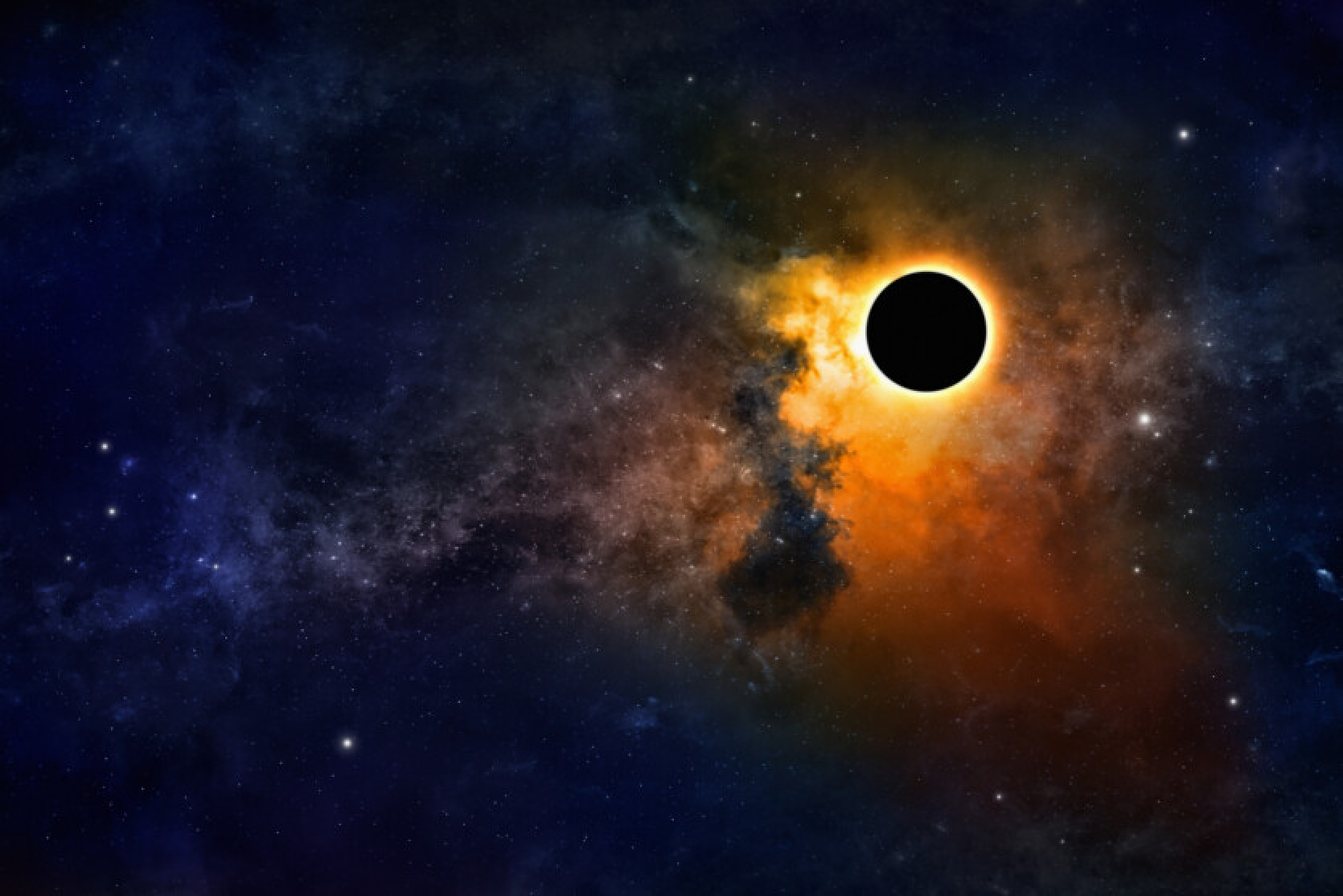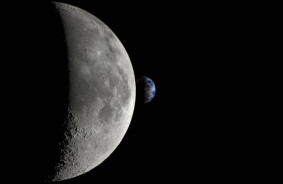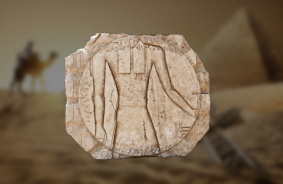Primordial black holes are a hypothetical class of black holes that formed during the inhomogeneous high-density phase of the Big Bang. If they actually exist, new research suggests they could "peek" into our Solar System roughly every ten years.
According to an analysis published by researchers in the journal Physical Review D, such a black hole would create tiny gravitational distortions that could be detected. Again, these potential findings may help scientists unravel the mystery of dark matter — the invisible and similarly hypothetical component that is believed to make up about 86% of all matter in the universe. Currently, researchers are drawing conclusions about the existence of dark matter based on its gravitational influence on visible components and light; however, its exact composition is still unknown.
But back to black holes: many have been discovered over the decades — from "ordinary" ones with masses 5 to 10 times greater than that of the Sun, to supermassive black holes with millions and billions of solar masses. In contrast, primordial black holes are a separate type that scientists believe could have masses comparable to typical asteroids (that is, from 110 to 110 million billion tons).
Previous studies have shown that primordial black holes that have survived to the present day could account for a significant portion or even all of dark matter. Building on this work, scientists sought to trace the paths of such black holes and, in particular, the frequency of their potential visits to the Solar System.
“If there are many black holes out there, some of them must occasionally pass through the Solar System,” says study co-author Sara Geller, a theoretical physicist from the University of California.
Initially, researchers aimed to determine what could happen if a black hole penetrated the Earth's atmosphere or crust, left a crater on the Moon, or even "collided" with a person. However, each of these scenarios was rejected, since even the Earth would be an extremely small target for an "uninvited guest," making the odds of a collision very low.
“Instead, we needed a large enough system through which black holes could regularly pass so that we could measure some specific effect,” Geller states. “That’s when we started thinking about the Solar System.”
Eventually, the researchers found that at least one primordial black hole could pass through the Solar System (particularly near Mercury, Mars, Venus, or Earth) at least once a decade. It’s possible that such “visits” have already occurred.
At the same time, Geller cautiously added that the team “is not claiming that primordial black holes definitely exist, make up a large part or all of dark matter, or are certainly present here in our Solar System.” The findings themselves are based on a relatively simple computer simulation that lacks the necessary precision for analyzing real data about the internal orbits of our stellar system.
“To make definitive statements, we need to collaborate with colleagues who specialize in modeling the Solar System using much more sophisticated computational methods,” adds co-author Benjamin Lehmann, a theoretical physicist from MIT.
The team plans to collaborate with a Solar System modeling group at the Paris Observatory — leading experts in complex simulation methods.
Source: Space.com














Comments (0)
There are no comments for now